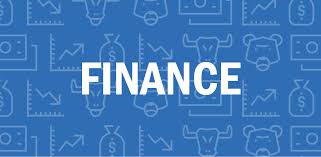
What are the top 10 economic indicators that investors are closely monitoring?
1. Gross Domestic Product (GDP): GDP measures the total value of goods and services produced within a country’s borders. It is a crucial indicator of economic growth and health.
2. Unemployment Rate: The unemployment rate indicates the percentage of the labor force that is without employment and actively seeking work. It reflects the overall health of the job market.
3. Inflation Rate: Inflation is the rate at which the general level of prices for goods and services rises, eroding purchasing power. Investors closely monitor inflation as it impacts the value of money and interest rates.
4. Consumer Price Index (CPI): The CPI measures changes in the average prices of a basket of goods and services purchased by households, indicating the cost of living. It is used to assess inflation and consumer spending patterns.
5. Interest Rates: Investors keep an eye on central bank interest rate decisions as they affect the cost of borrowing, investment decisions, and economic growth.
6. Stock Market Indices: Major stock market indices, such as the S&P 500 or the Dow Jones Industrial Average, serve as indicators of overall market sentiment and investor confidence.
7. Retail Sales: Retail sales figures reflect consumer spending patterns and purchasing power, providing insights into consumer confidence and economic activity.
8. Housing Market Indicators: Indicators like housing starts, home sales, and housing prices reflect the overall health of the real estate market, which is closely tied to consumer spending and economic growth.
9. Business Confidence Surveys: Surveys that gauge the sentiment and expectations of businesses provide valuable insights into investment, hiring, and expansion plans, which influence economic activity.
10. Trade Balance: The trade balance measures the difference between a nation’s exports and imports. It reflects a country’s competitiveness, global demand for its products, and international trade relationships.


